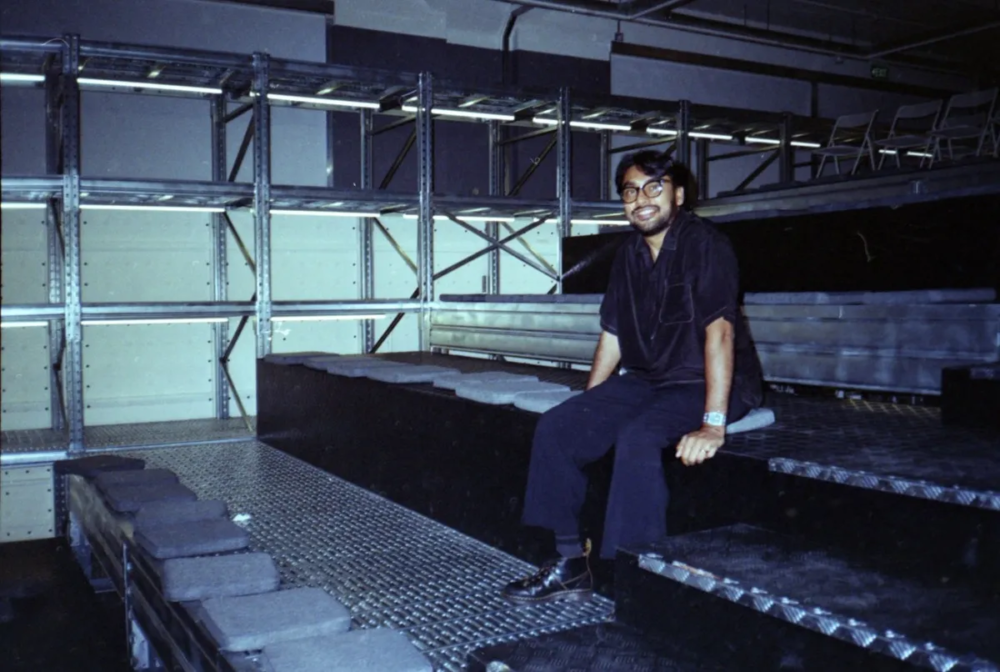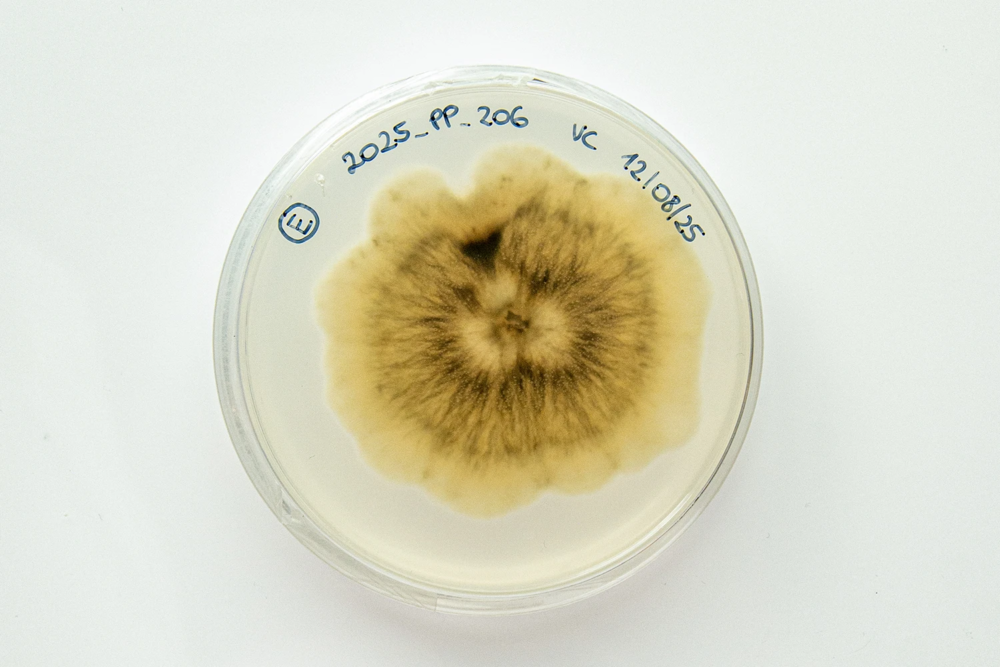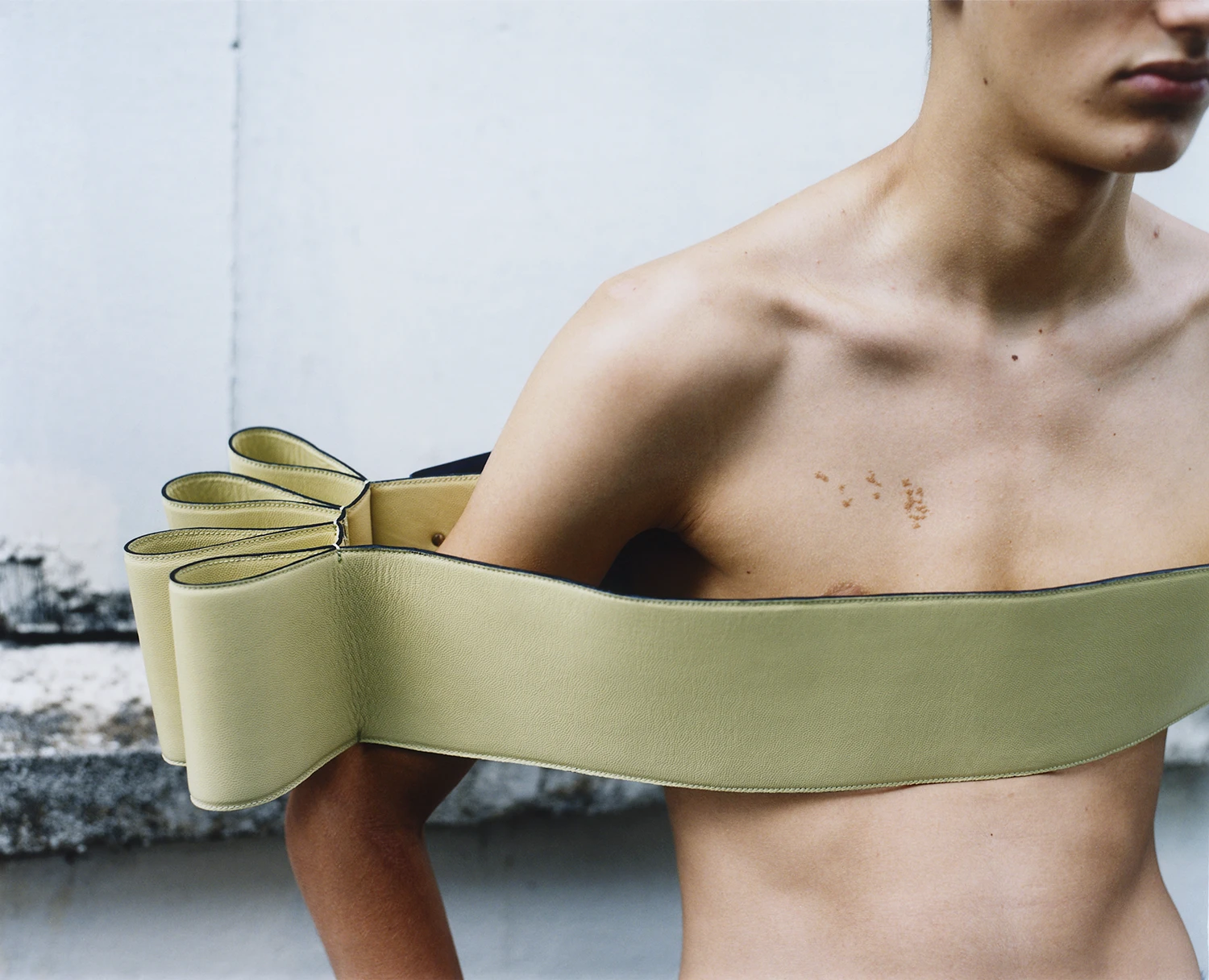
The Architecture of the Body: Lampoon SOAP
A cinematic approach, documentary and fiction, photographer Naguel Rivero transforms fashion imagery into a meditation on form and distance –Lampoon SOAP
The story of Argentine-Italian photographer and filmmaker Naguel Rivero for Lampoon Magazine’s SOAP Issue
Naguel Rivero is an Argentine-Italian photographer and filmmaker based between Paris and Latin America. His visual language moves between documentary observation and constructed imagery, creating a tension between the cinematic and the raw, the intimate and the anonymous. Rivero’s work explores how the human body — clothed, exposed, hidden, or transformed — becomes a site of identity, vulnerability, and resistance.
Across series such as Paz (2018), Cairo (2020), Red Humana, and his editorial projects for Lampoon Magazine, Rivero examines the space between self and representation. His photographs are not about perfection or spectacle, but about what remains unresolved — the moment before meaning fully arrives.
Naguel Rivero for Lampoon Magazine: The SOAP Issue as Visual Experiment
Rivero’s contribution to Lampoon Magazine’s SOAP Issue pushes his practice further into abstraction. Presented as a fashion editorial, the series rejects the glamour and polish associated with fashion photography. Instead, it treats garments as extensions of the body, or sometimes as obstacles to it.
The images show figures against industrial walls, cracked concrete, and unidentifiable urban spaces. The camera’s neutrality exposes the body’s fragility — not as erotic spectacle, but as sculptural form. Red, black, and muted pink tones dominate the palette, reinforcing the tension between heat and cold, exposure and protection.
What emerges is not fashion, but choreography: a sequence of gestures that blur the line between movement and constraint. The viewer is left to wonder whether the subjects are posing or resisting, performing or escaping.
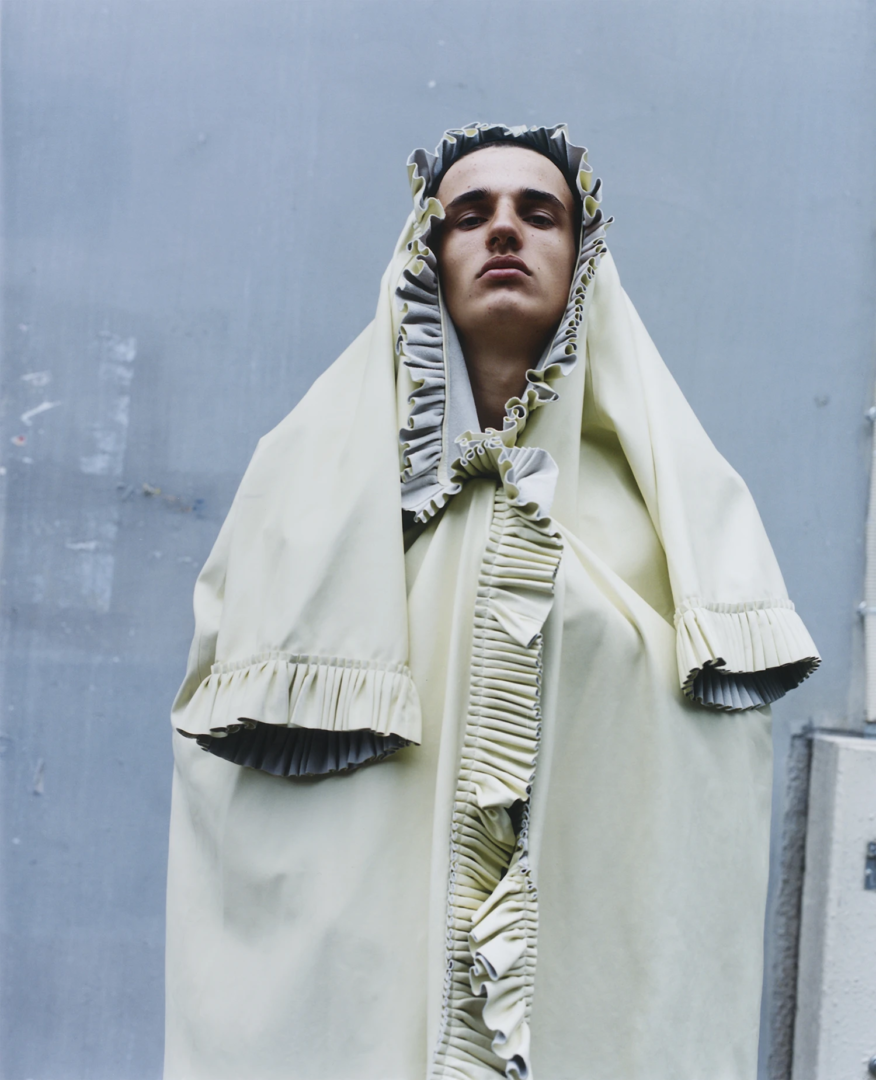
The Body as Architecture: Form, Gesture, and Resistance
In Rivero’s SOAP series, the human figure becomes architecture. The posture of each model — bent, twisted, covered — conveys both endurance and collapse. Clothing functions as a material structure, wrapping and binding, more like construction material than decoration.
Tape across bare skin, oversized knits dragging across the floor, and plastic wrappings around faces create a visual language of tension. The garments measure the limits of physicality: how much can the body carry before it disappears beneath form?
This treatment of the body has political weight. It echoes Rivero’s recurring interest in control — social, aesthetic, corporeal — and how the self-negotiates visibility within those systems. By reducing the body to pure form, Rivero opens a space where identity can be reimagined beyond beauty or gender conventions.
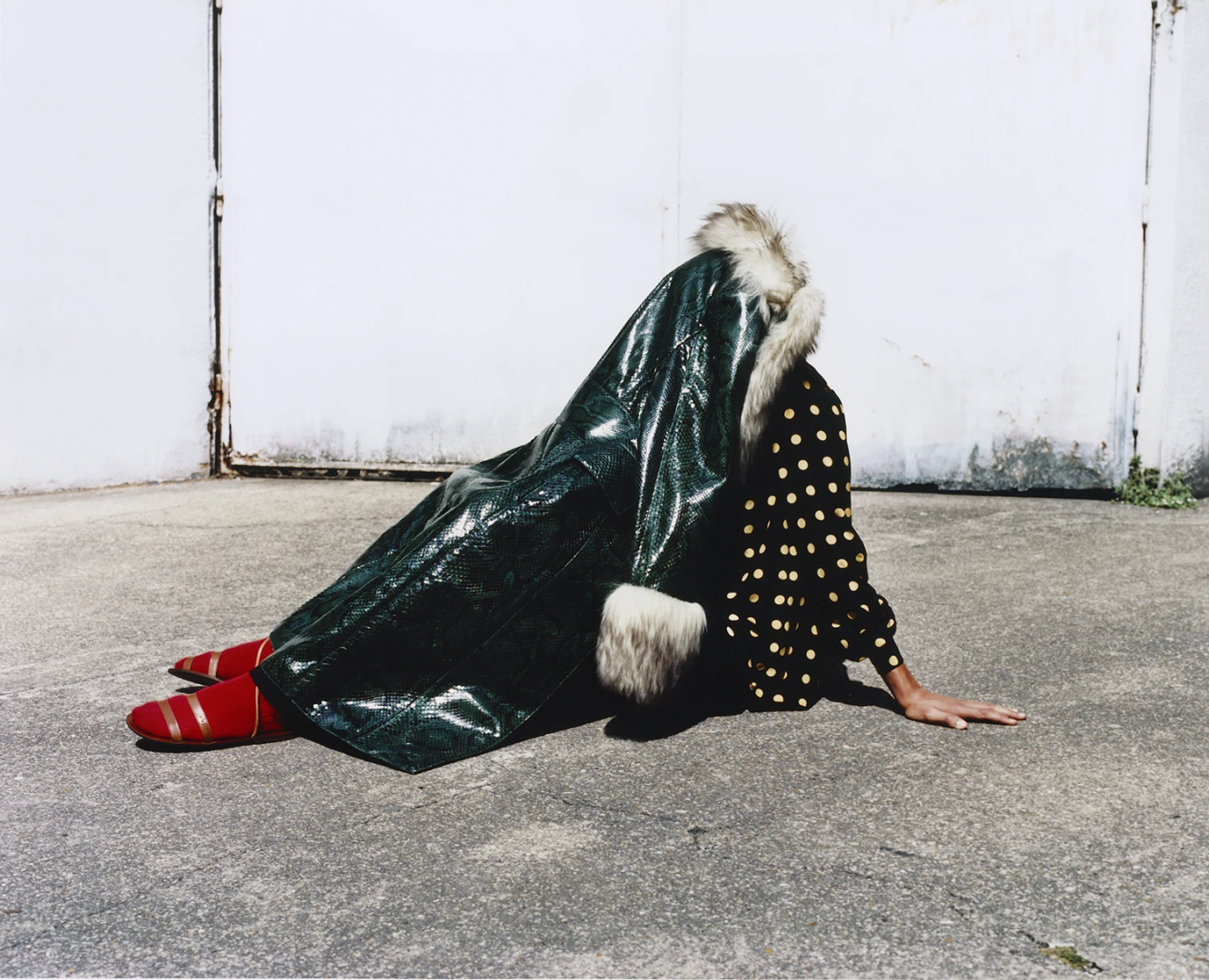
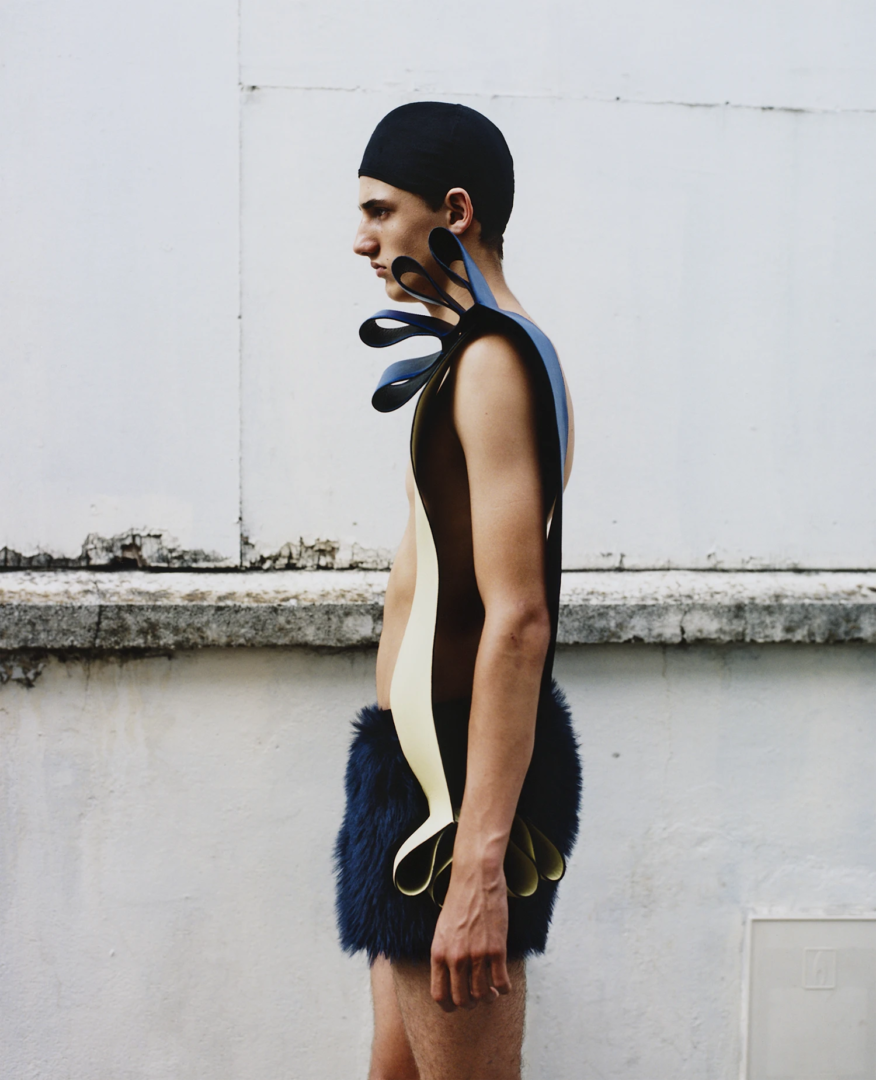

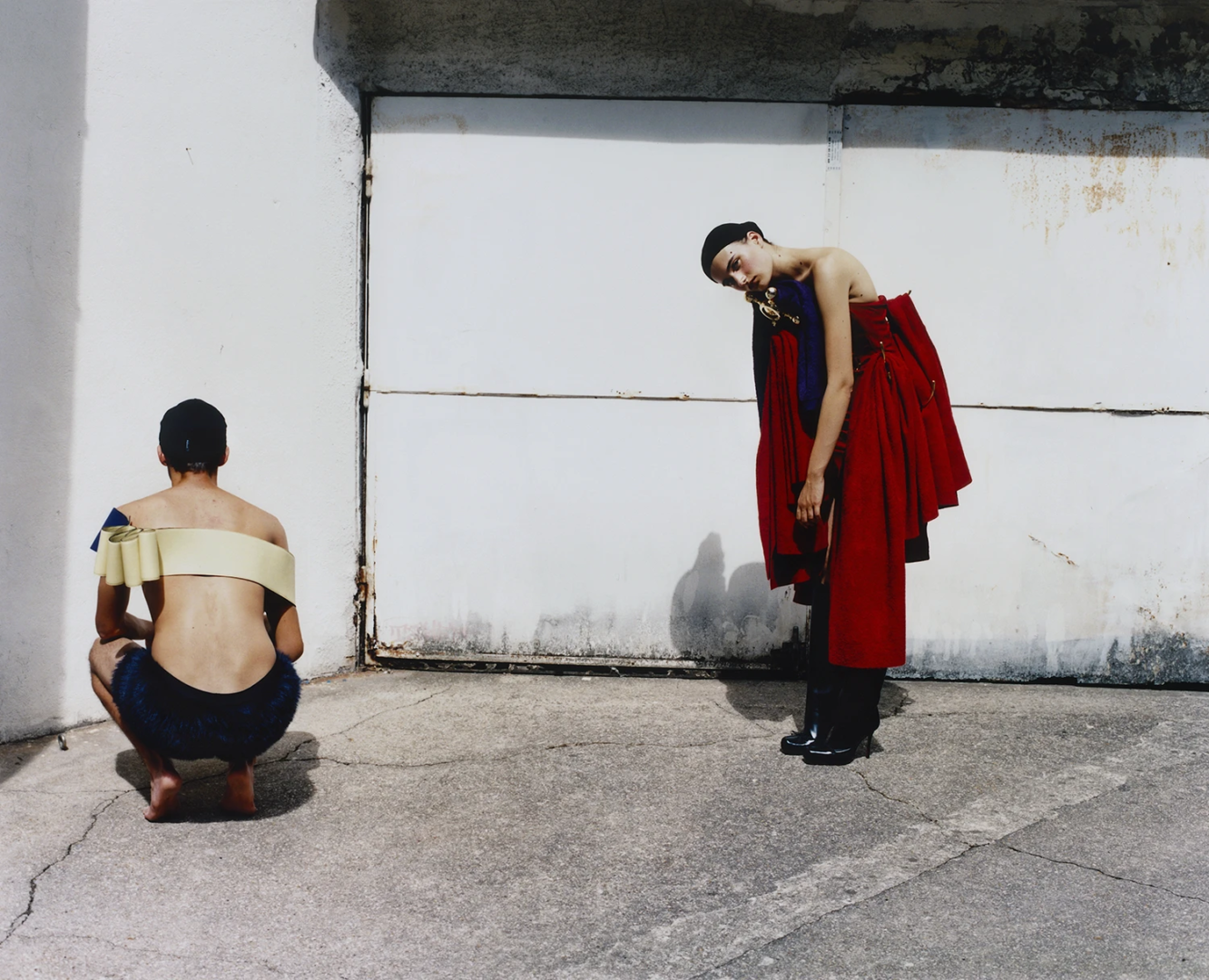
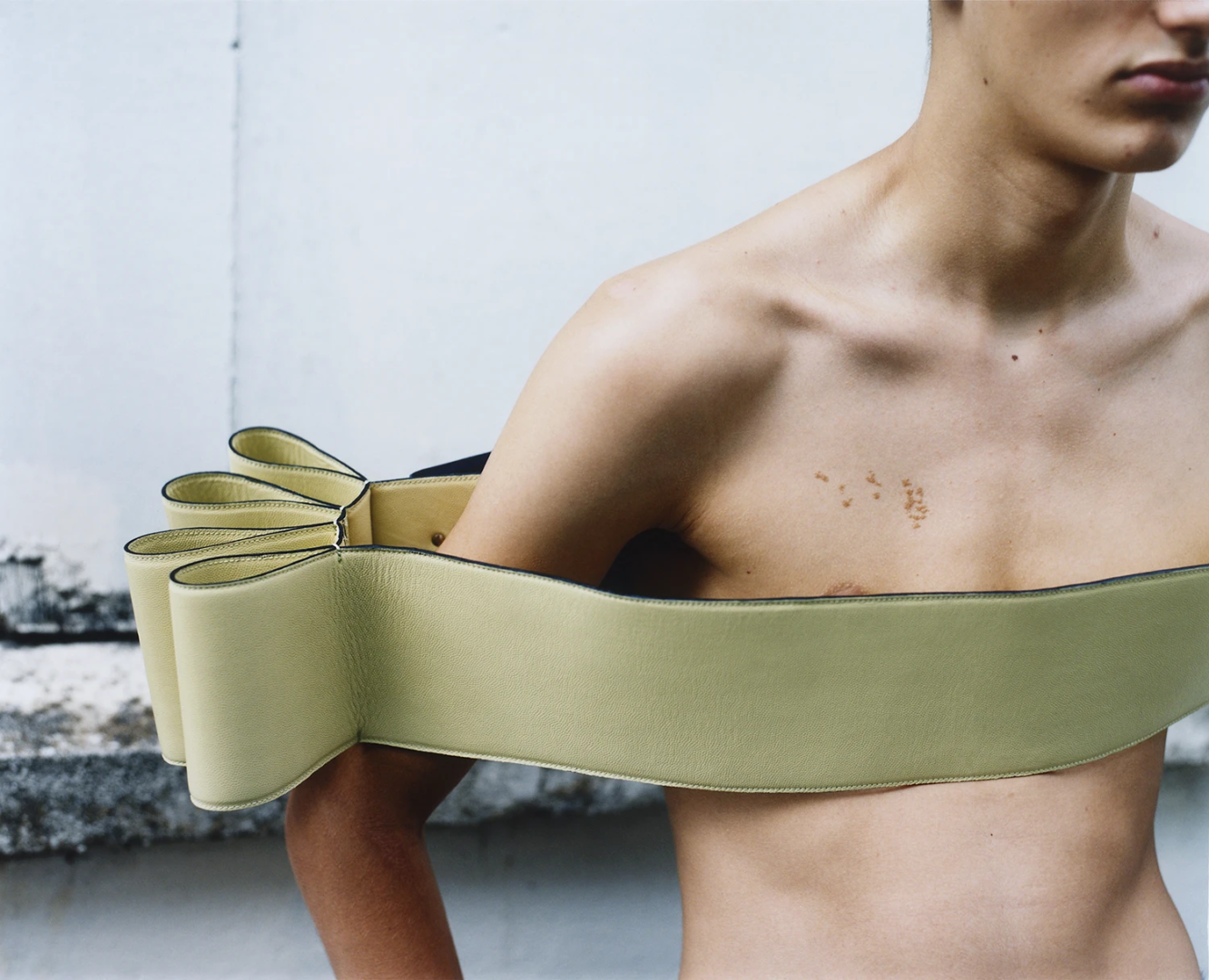
TEAM
photography Naguel Rivero, styling Sven Gex, production Mosi schemes Production, styling assistants Andrin Holzer, Axelle Stiefel and Octave Magescas, retouch Ale Jimenez, talents Milla @girlmgmt and Basile @garconsbygervais

